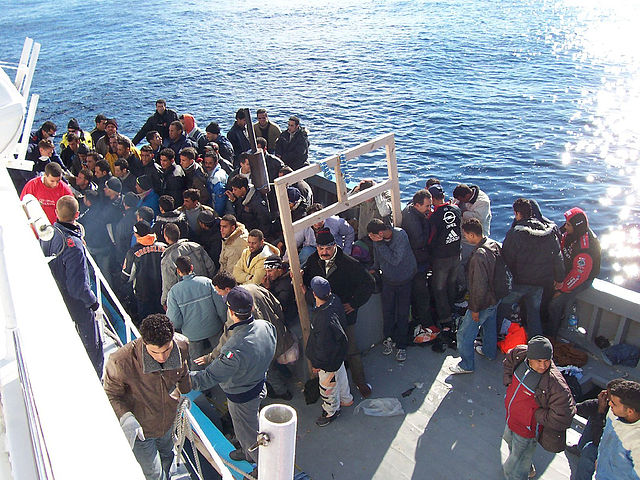Immigrants vs Migrants
It is common for individuals to become confused when discussing immigrants and migrants, as both terms describe people moving from one place to another. The concepts of migrants, immigrants, and immigration have become increasingly significant in modern times, as global movement continues to grow. Many countries are faced with the issue of illegal immigration, while others struggle with a weakened workforce due to the high number of people migrating in search of better opportunities. In general, migration refers to the movement of people from one place to another, either within a country or to other countries. Although most countries’ constitutions grant freedom of movement, it is interesting to note that workers who have moved from one state to another within the same country are still labeled as migrants. This article will explain why this occurs and explore the differences between migrants and immigrants.
Key Takeaways
- A migrant is someone who has gone through migration, which refers to moving from one region to another either within a country or outside of its national borders. Migrants can be people moving within a country or across international borders.
- An immigrant is a person who comes into a country from another country. Unlike migration, immigration usually involves individuals or families moving from one country to another, with the receiving country often having strict immigration laws to prevent illegal immigration.
- While migration can occur both within a country and internationally, immigration specifically refers to movement across national borders. Migrants may move in large numbers, whereas immigrants typically consist of individuals and families.
Who is a Migrant?
A migrant is someone who has experienced migration. Migration involves moving from one region to another, either within a country or outside of its national borders. Those who move in this manner are referred to as migrants. The term “migration” is often used when a large number of people are moving from one region to another, such as the migration of Jews during World War 2.
From a country’s perspective, only those coming into the country are called immigrants. With the formation of the European Union, it is more appropriate to call all people moving from one EU country to another migrants, rather than immigrants, as there are no restrictions on movement within the EU. Similarly, some people mistakenly refer to individuals moving to New York from Puerto Rico as immigrants, despite Puerto Rico being a part of the United States. Migrant workers are individuals who have traveled to different regions of the same country in search of work.
Who is an Immigrant?
Immigrants are people who enter a country from another country. Immigration typically involves individuals or families moving from one country to another, as opposed to the large-scale movement of groups seen in migration. As countries experience increasing population pressures on limited resources, they often maintain strict border controls to prevent the entry of illegal immigrants, who are individuals entering the country without legal authorization. This is why many countries, especially those facing significant influxes of immigrants, have a dedicated immigration department responsible for managing the immigration process and allowing only a limited number of people from other countries to migrate.
What is the difference between Migrants and Immigrants?
- Migrants are people who move from one place to another, either within a country or across international borders. From a country’s perspective, individuals entering the country are called immigrants, while those leaving are referred to as emigrants.
- Migration can occur both within a country and internationally, while immigration specifically involves movement from one country to another. To qualify as immigration, movement must occur across national borders.
- Immigrants are usually individuals and families, whereas migration sometimes takes place in large numbers, as seen with the migration of Jews during World War 2. The relocation of large numbers of migrants can lead to various challenges, including job scarcity, feelings of threat among the native population, and potential harm to local government structures.
- Immigration can also result in problems, particularly when it involves illegal immigrants. The presence of unregistered individuals can negatively impact a country’s economy and social structure, which is why strict immigration laws are in place to prevent illegal immigration.
